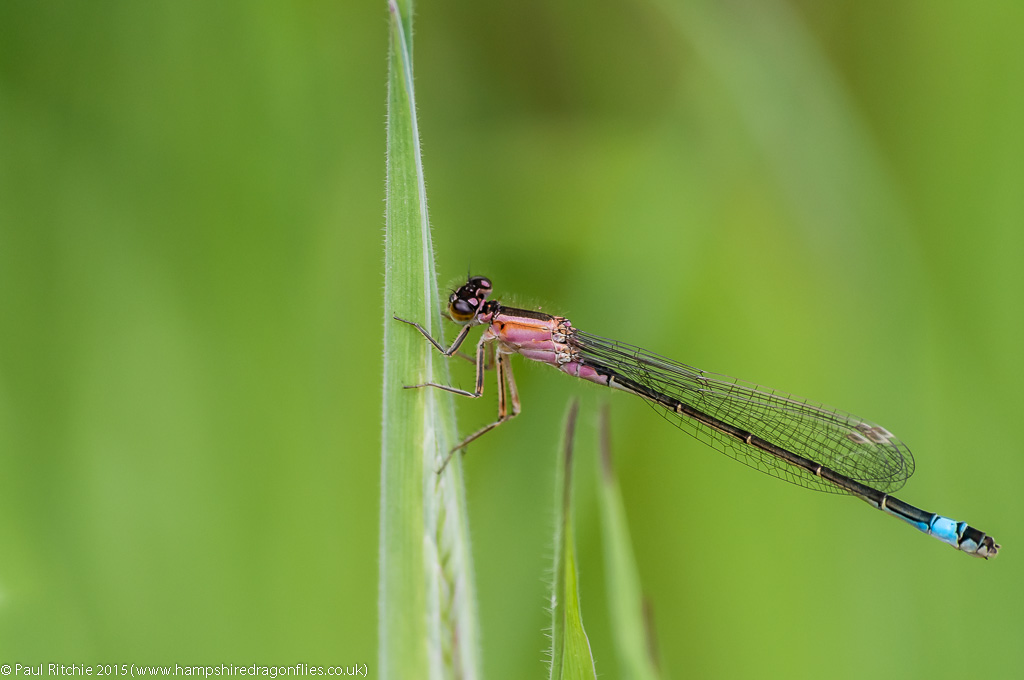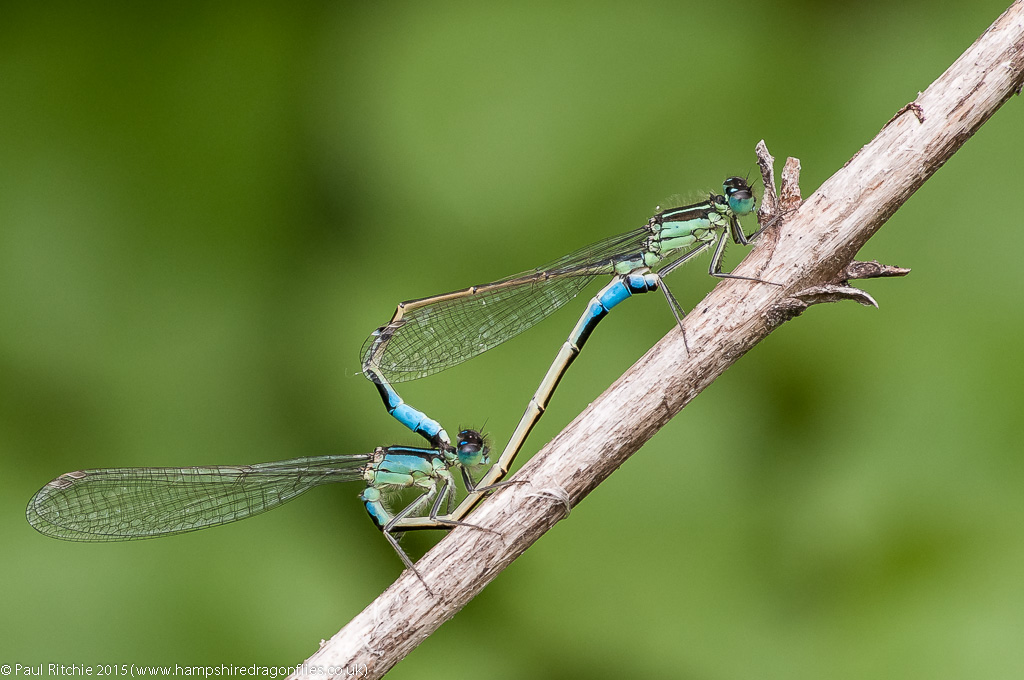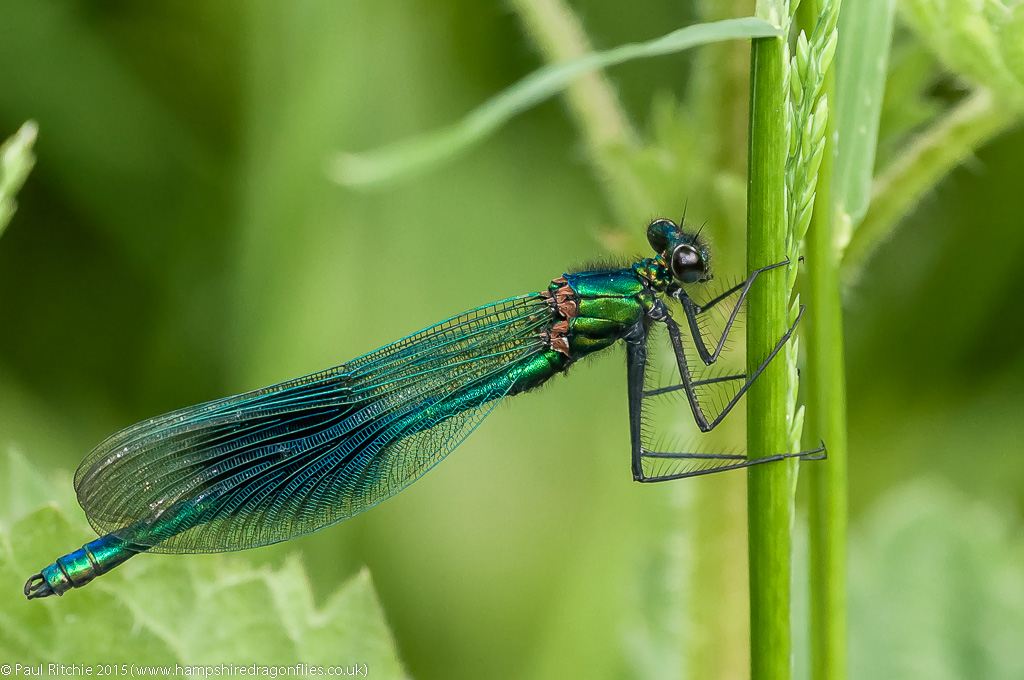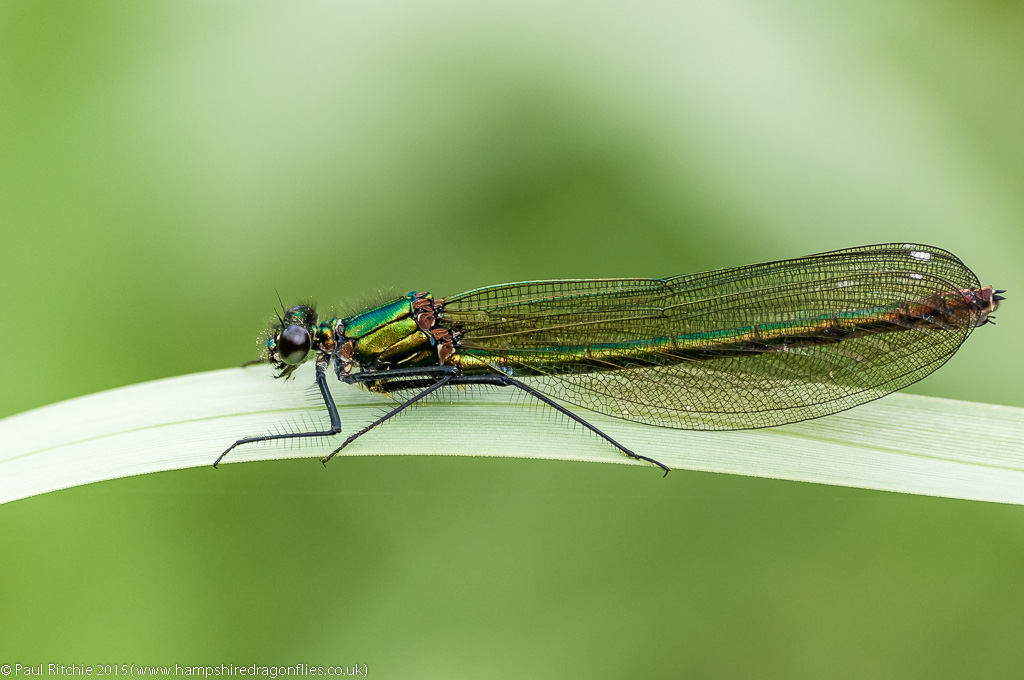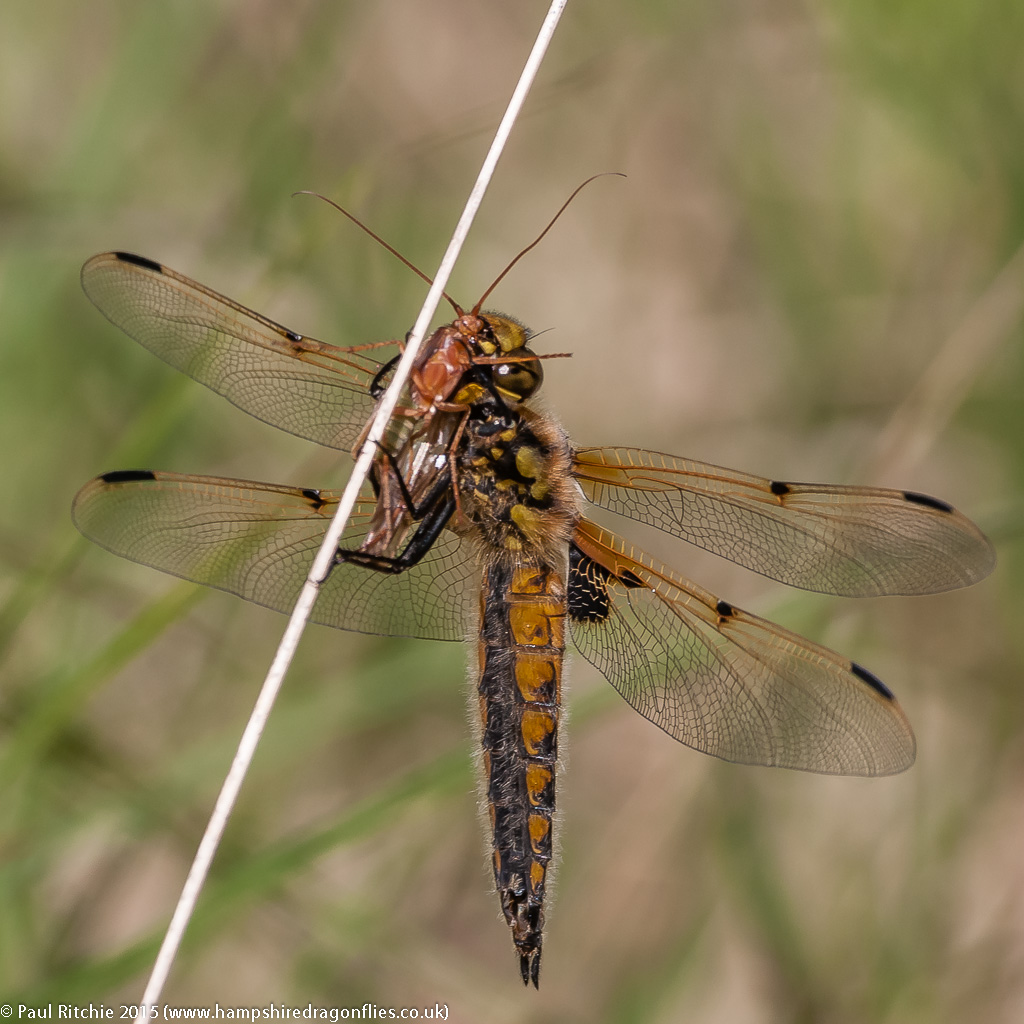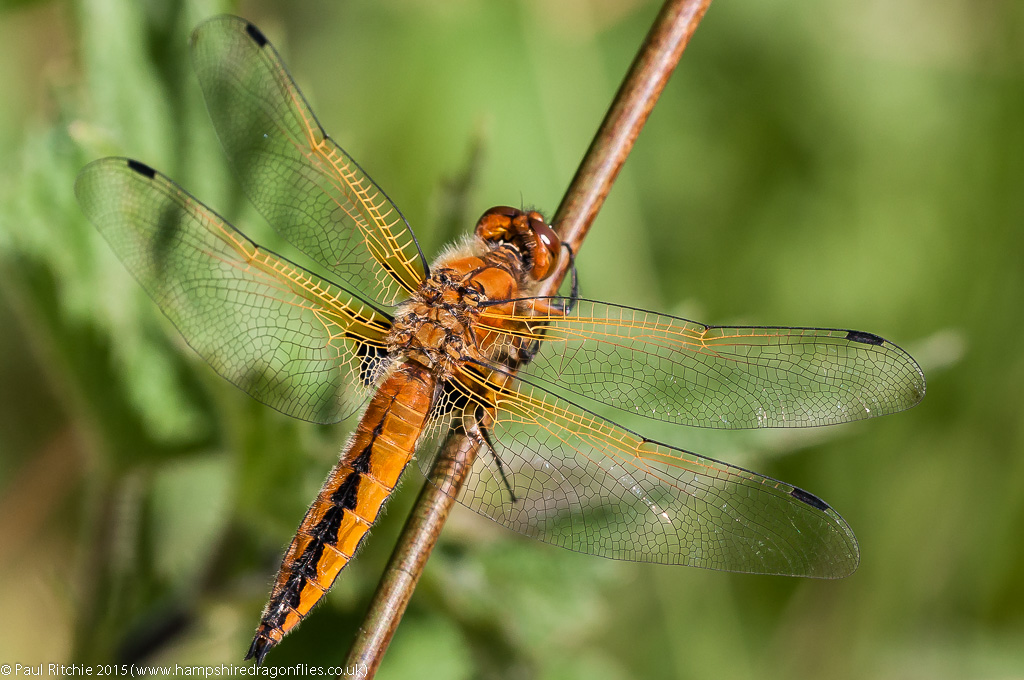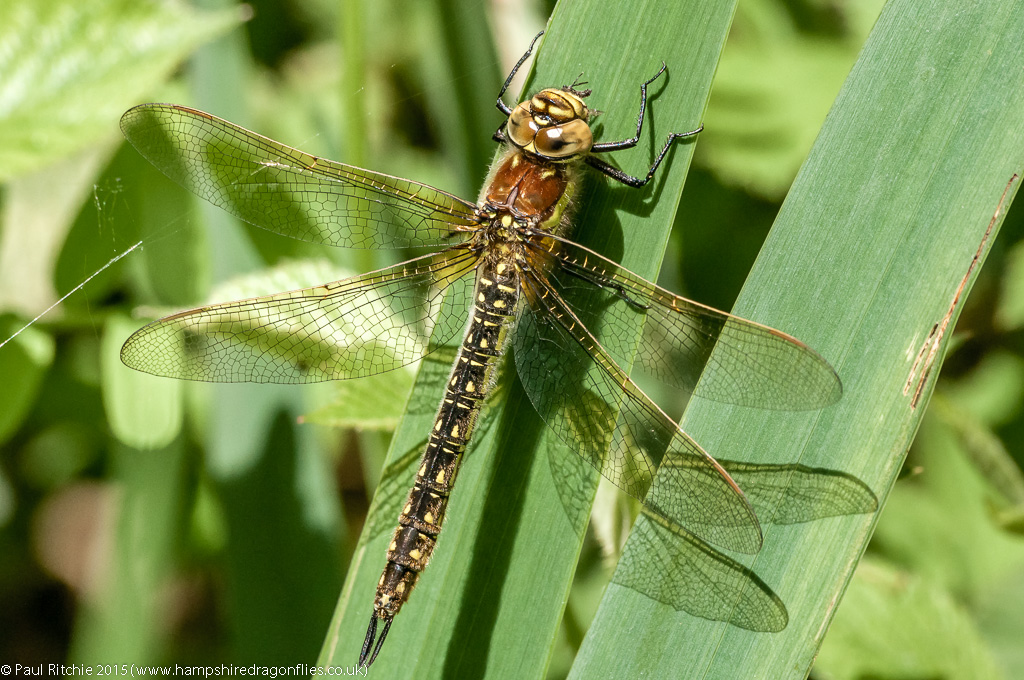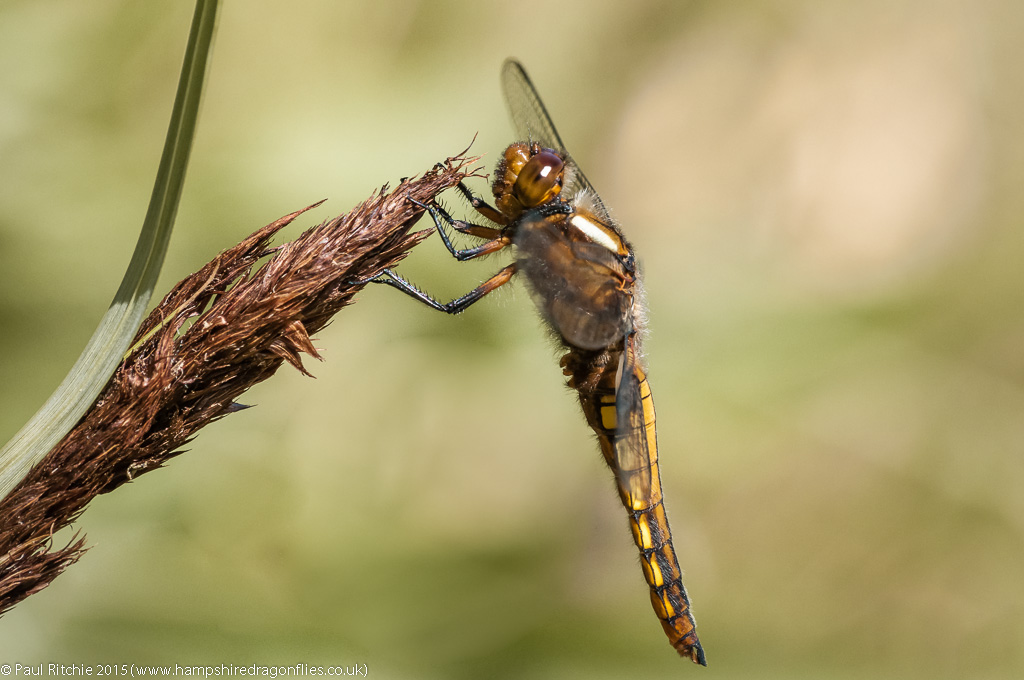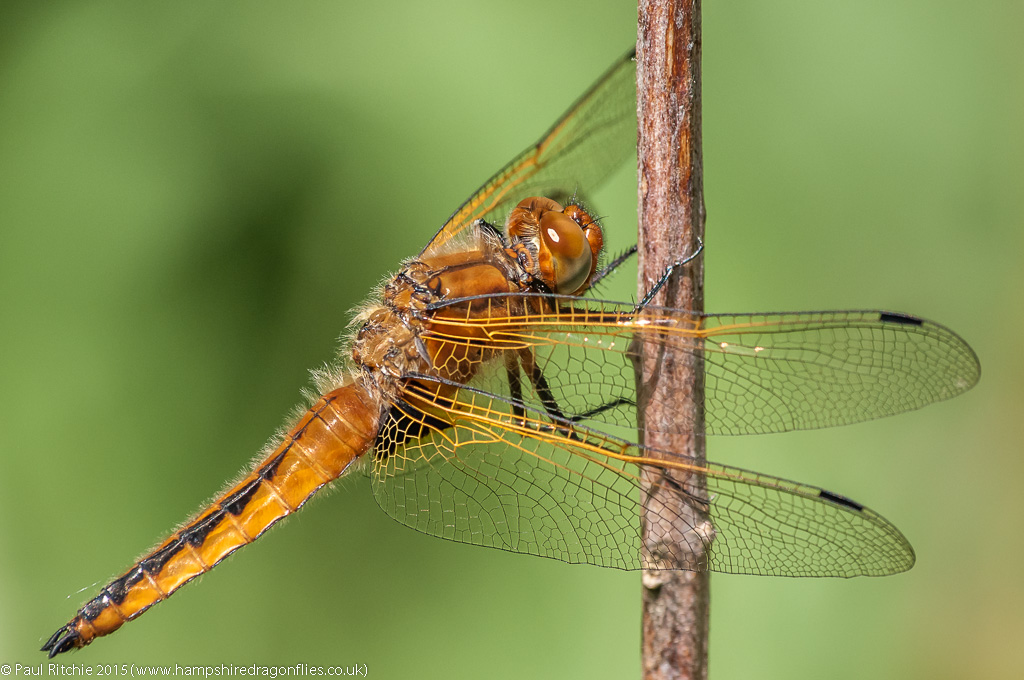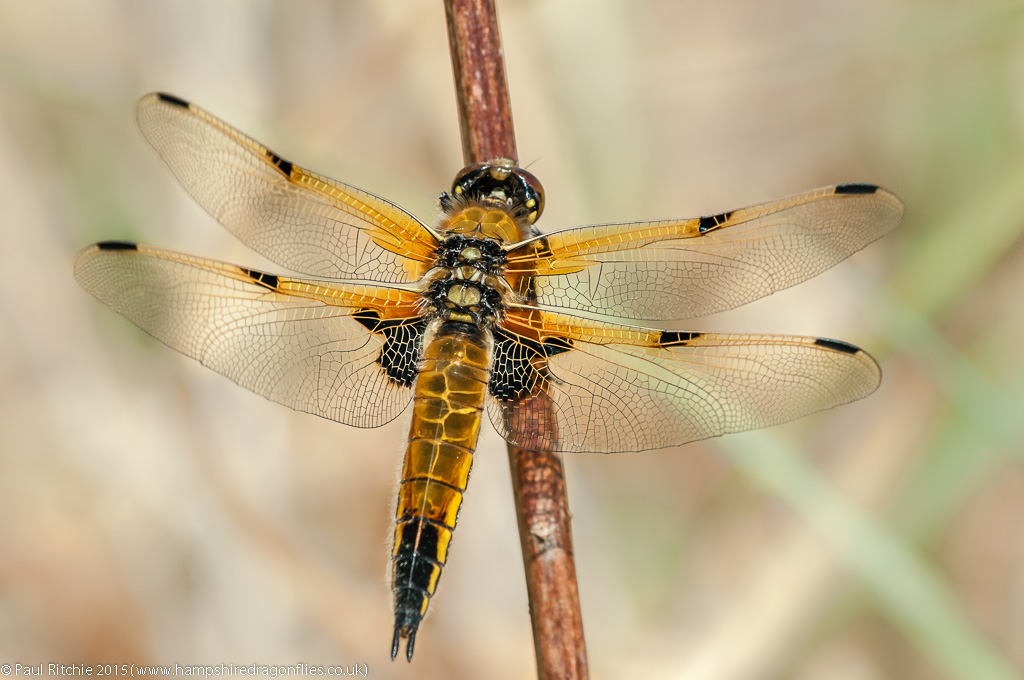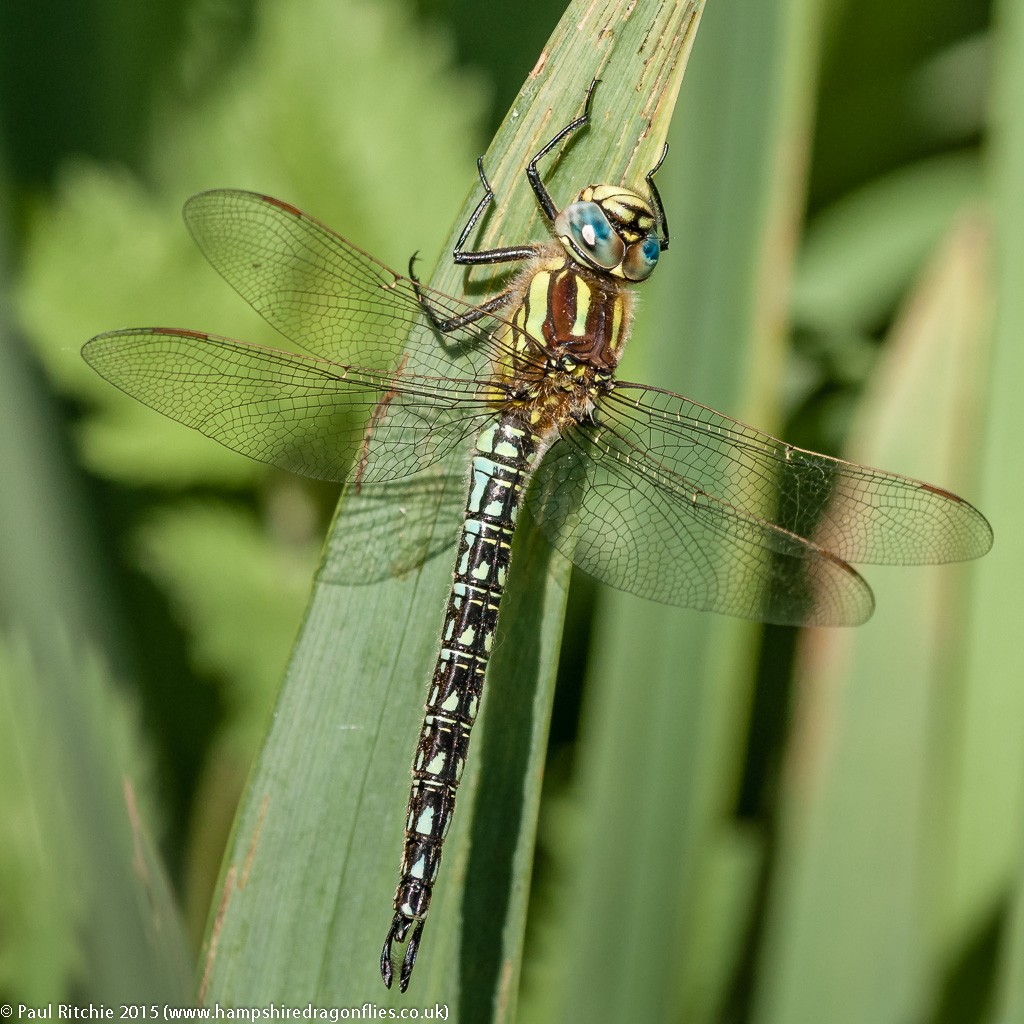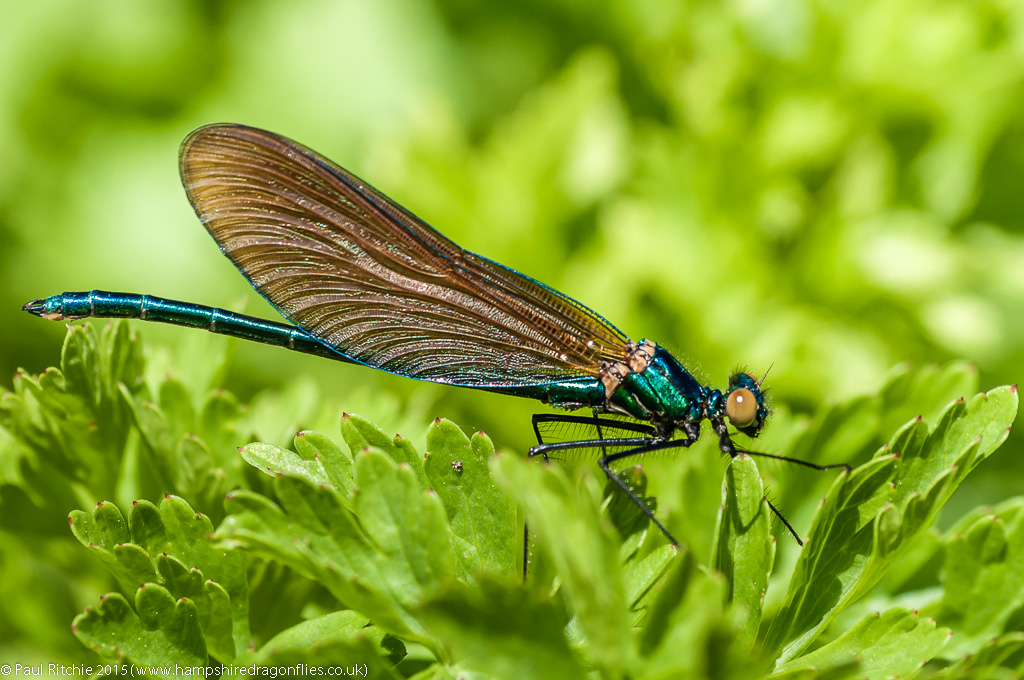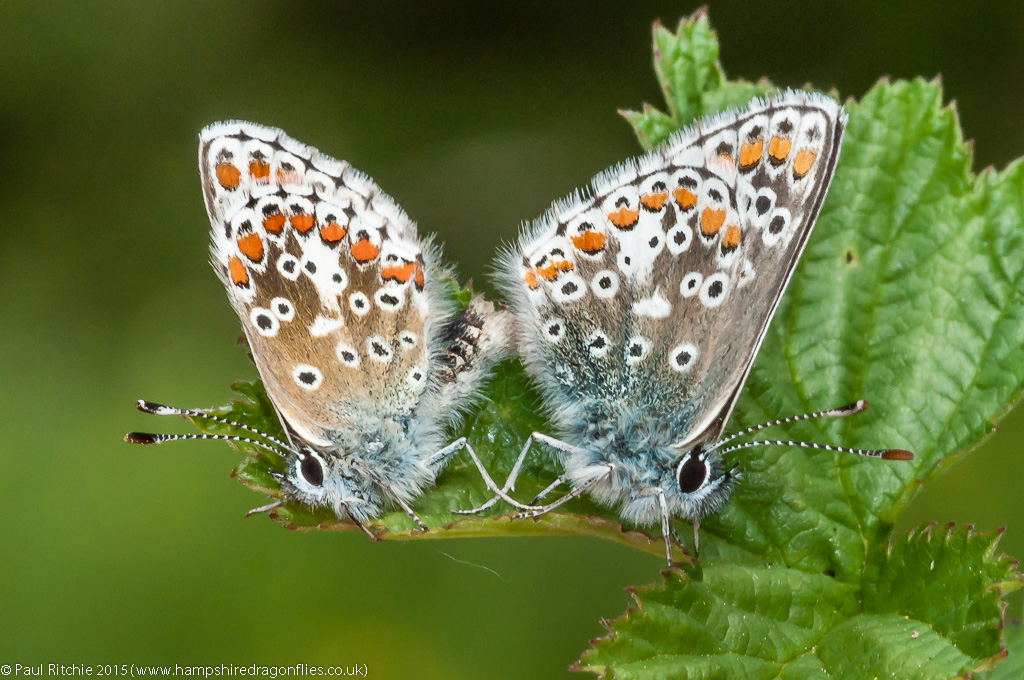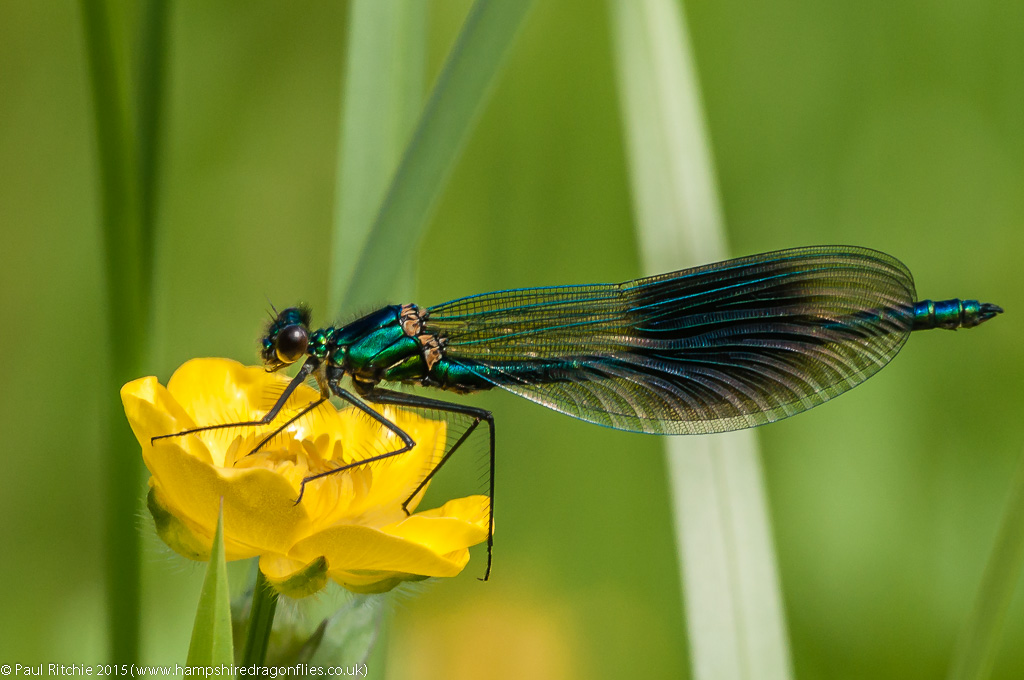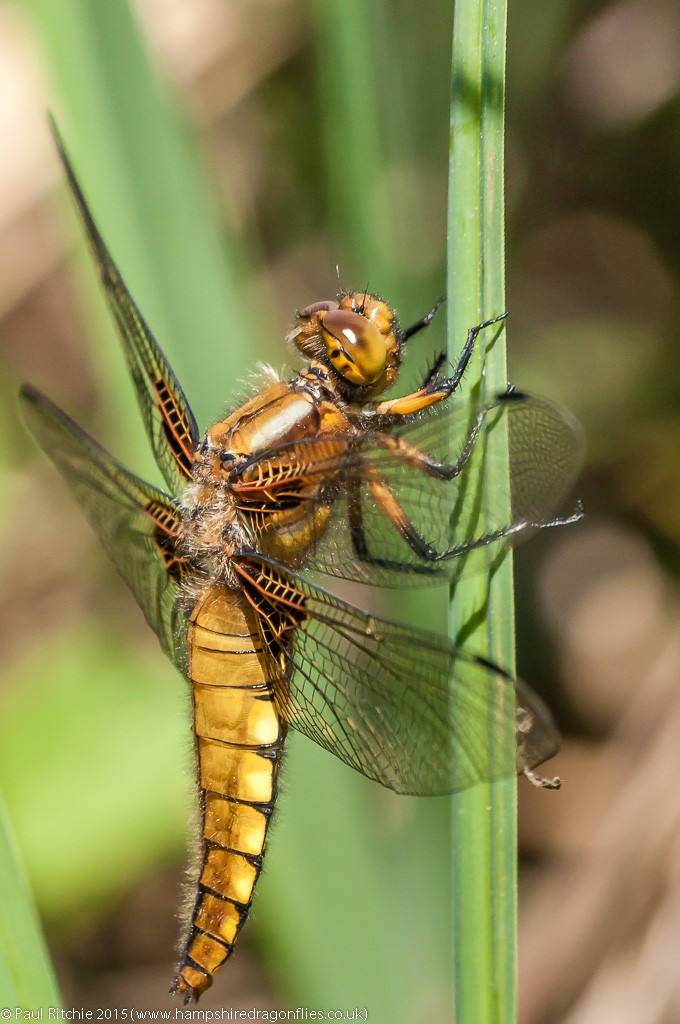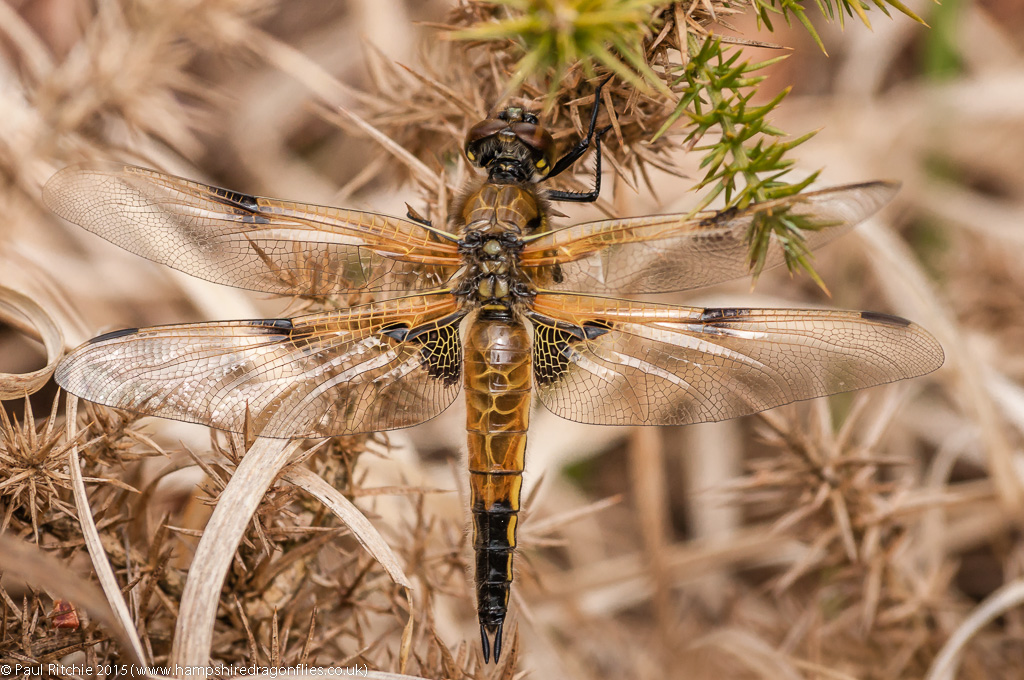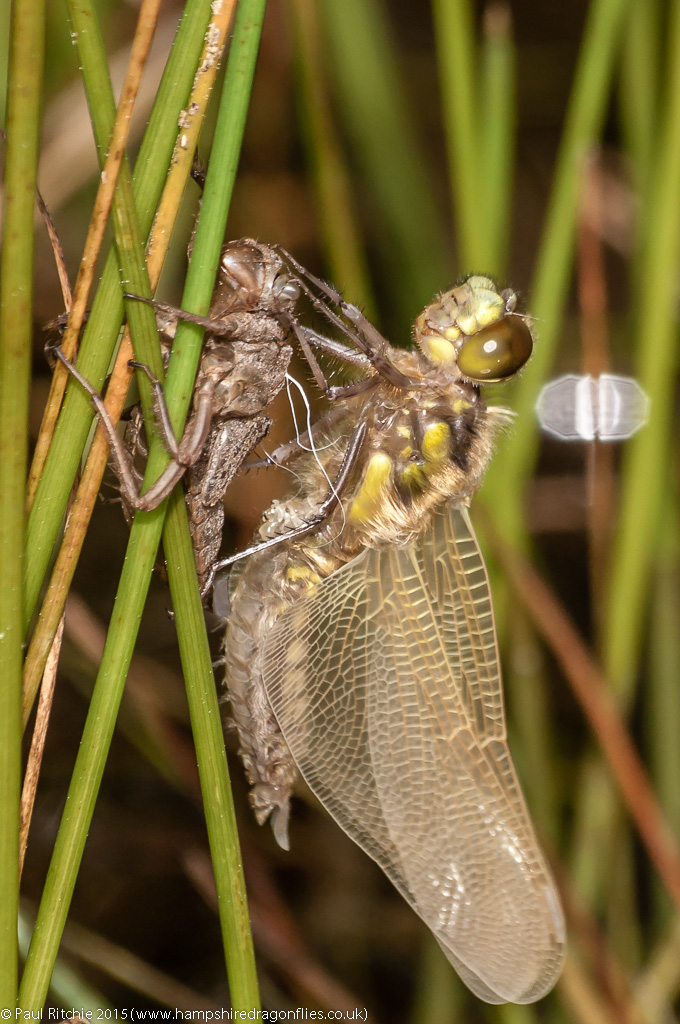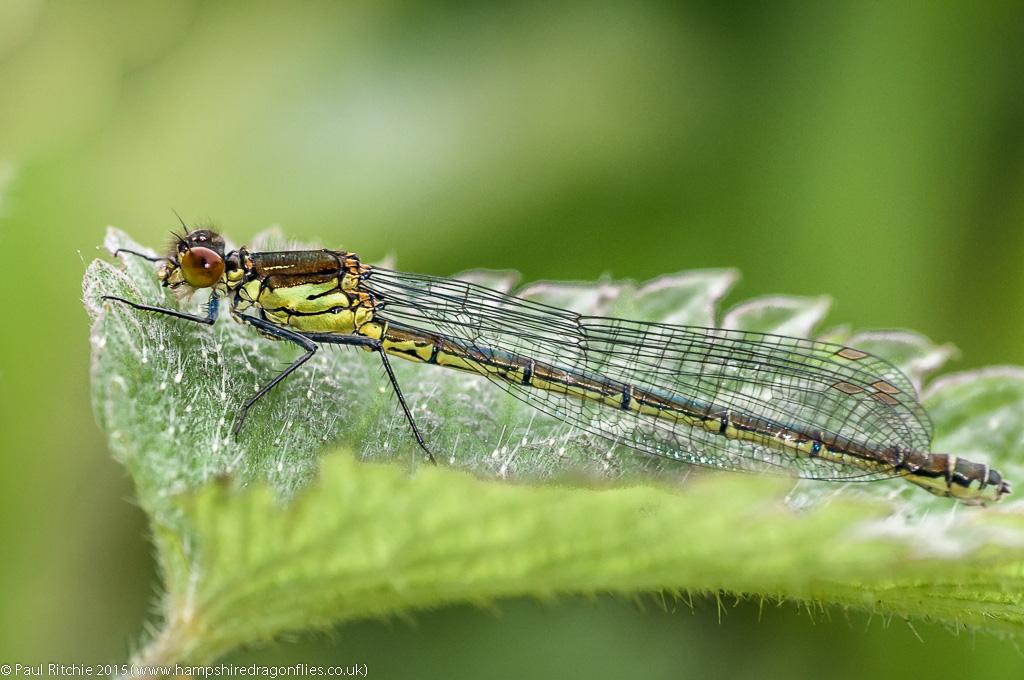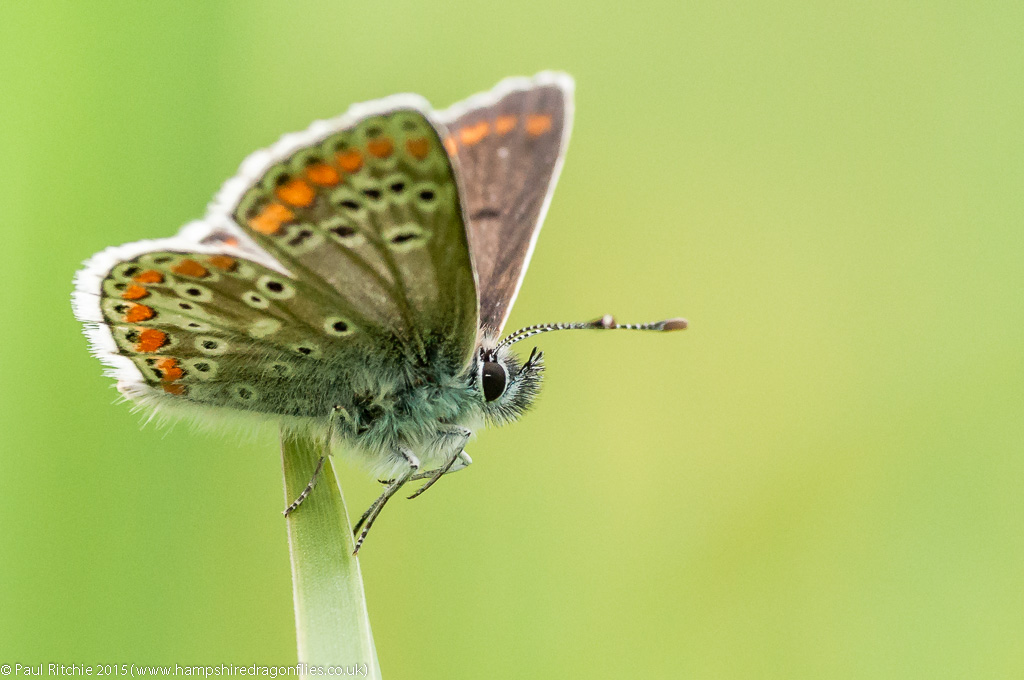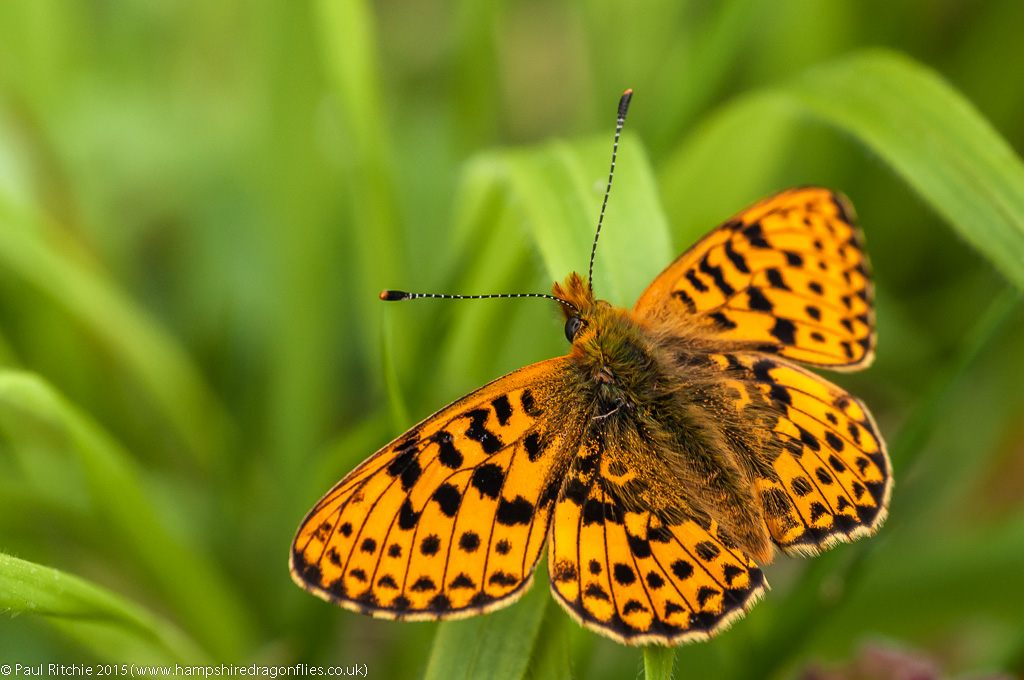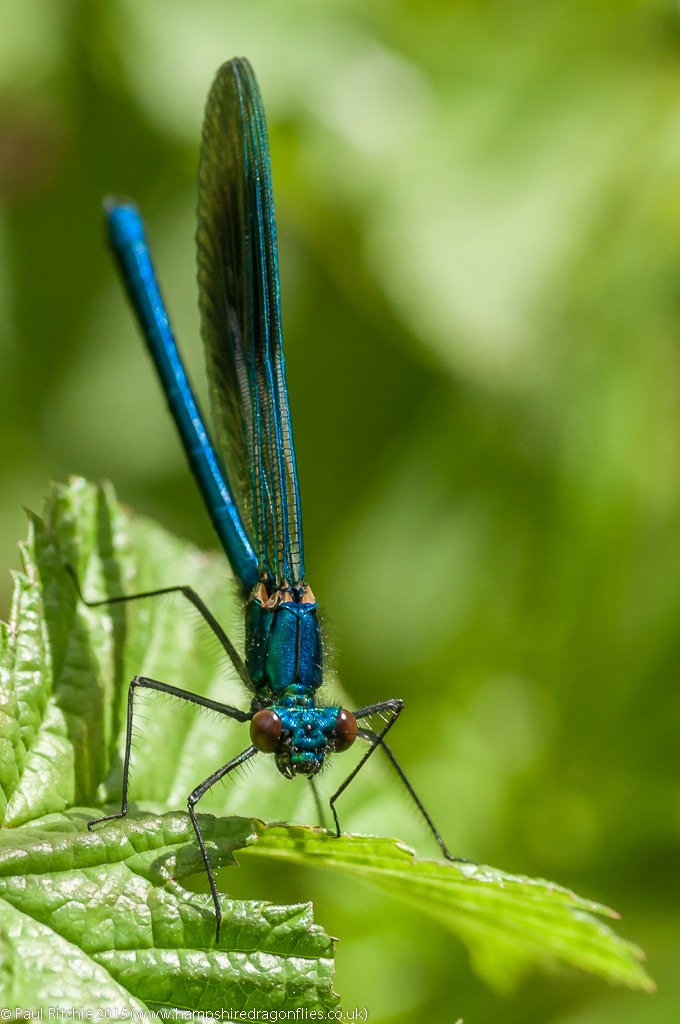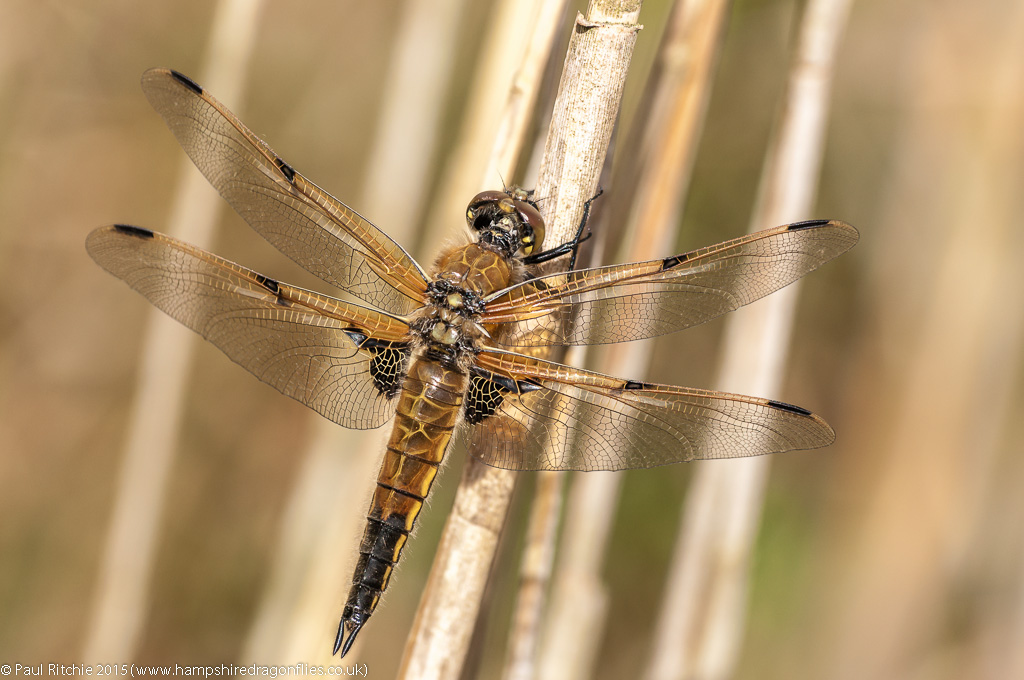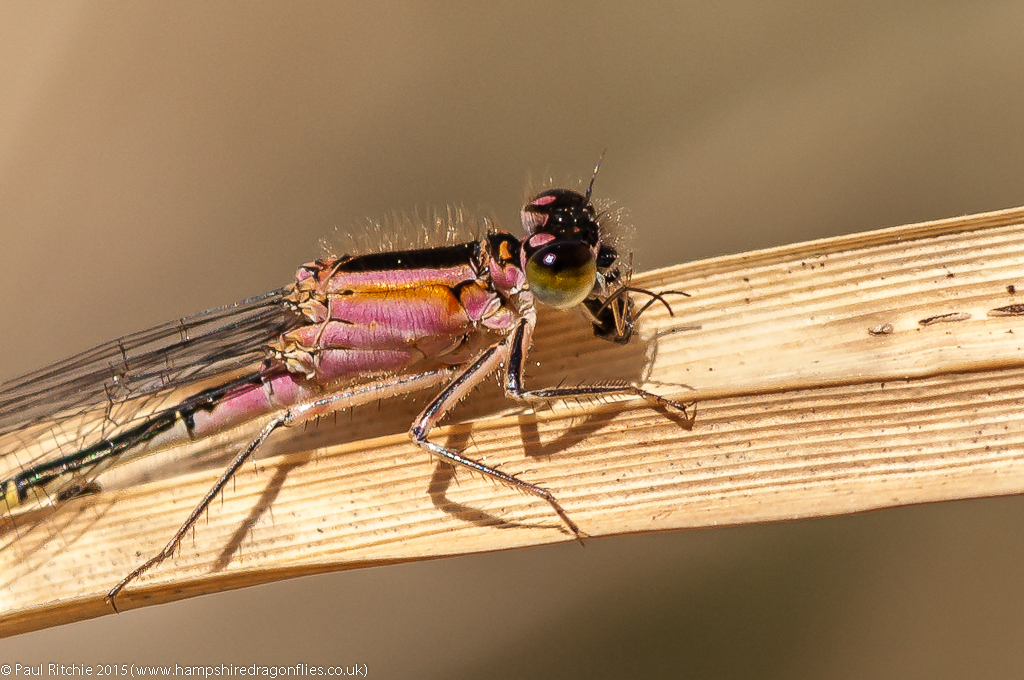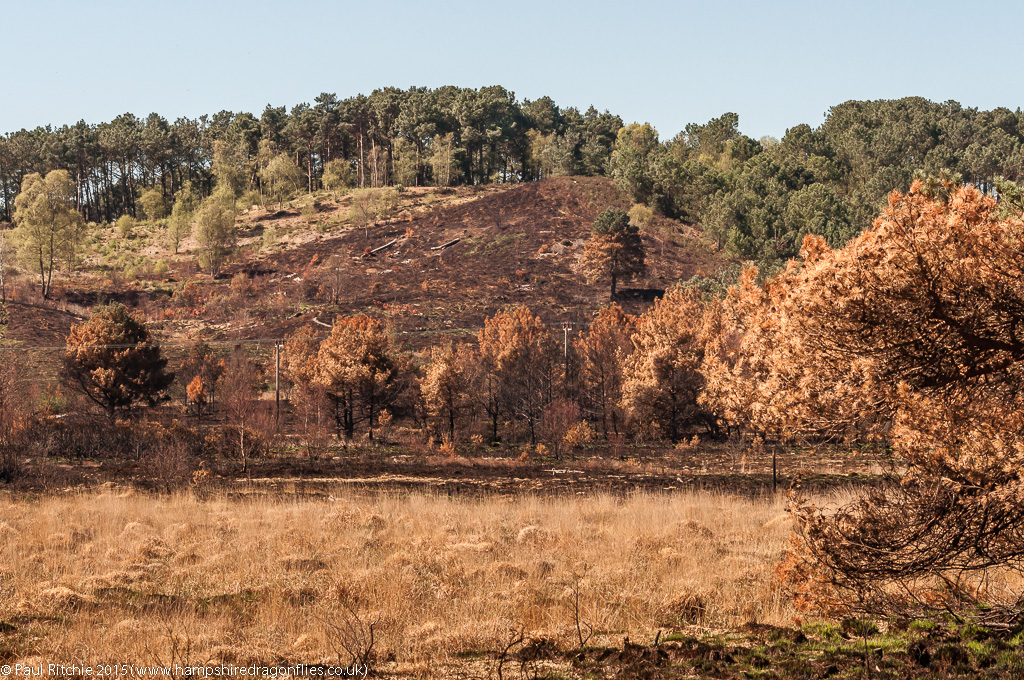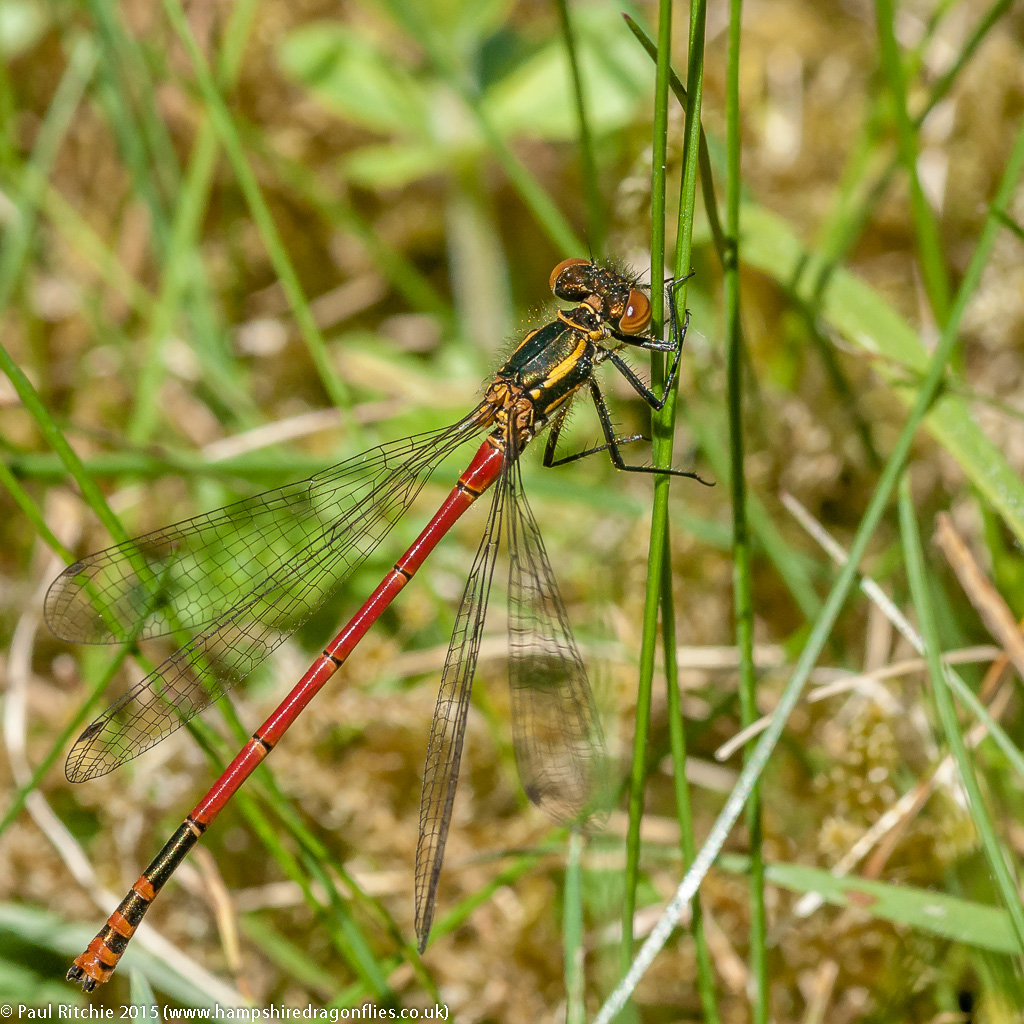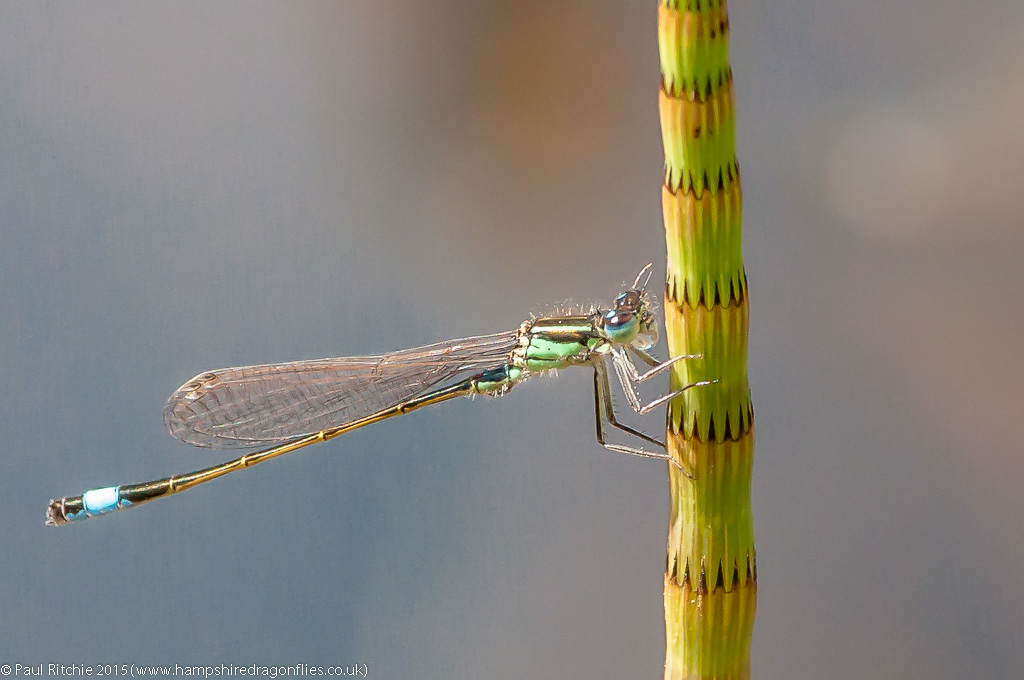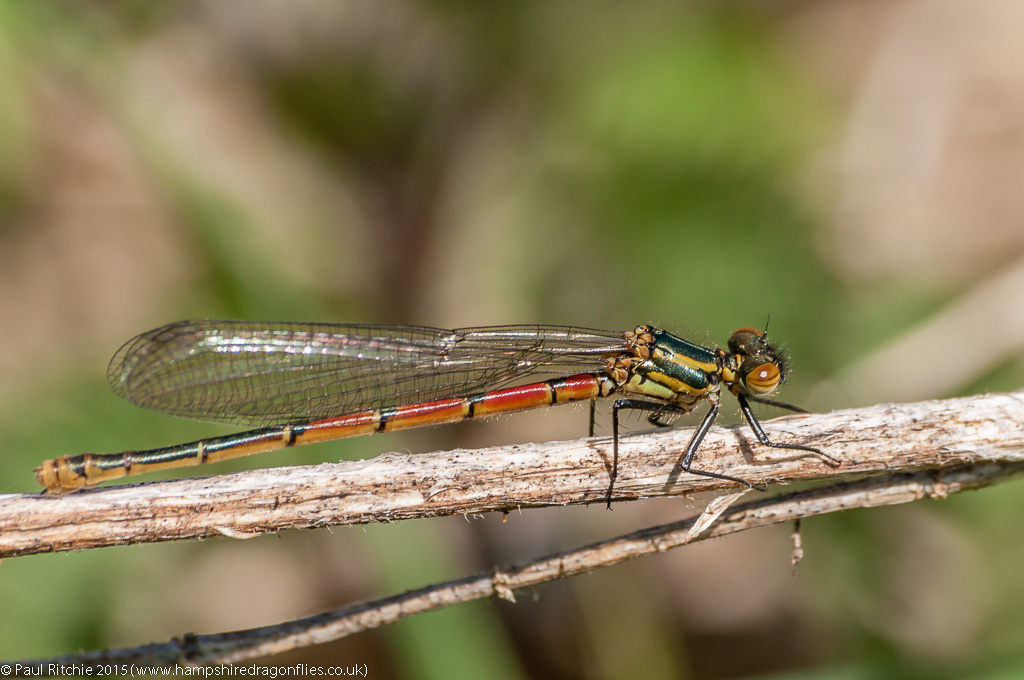Saturday 23rd May
A while back I received a request from Marc Heath for help locating the Common Club-tails on the Thames. As I hadn’t been for a few years, it seemed like a perfect excuse to reconnect with this rare and stunning species.
Marc was accompanied by Adrian Dowling and I with Sue, and after greeting each other in the car park, we headed through the gate to access the bank; our first decision whether to turn left or right. The ball was thrown back to me and I chose left; having found exuvia along the river on my last (scouting) visit.
It wasn’t long before Sue spotted the first, then second, both rising high with the latter perching high but offering our guests their first view of a new species. Although not conveniently perched for photography the joy and excitement from our guests was infectious.
Sue having bagged the first two sightings meant it was my turn to find an individual we could all get close with, and shortly afterwards I did – sheltering from the breeze in a stand of nettles.

After we had our fill, a decision also reached by our subject as she rose above the treeline, we continued along the bank searching the undergrowth at the water’s edge and the frequent stands of nettles.
I had walked ahead to check the small inlet where the exuvia were when I noticed one rise from the bank.
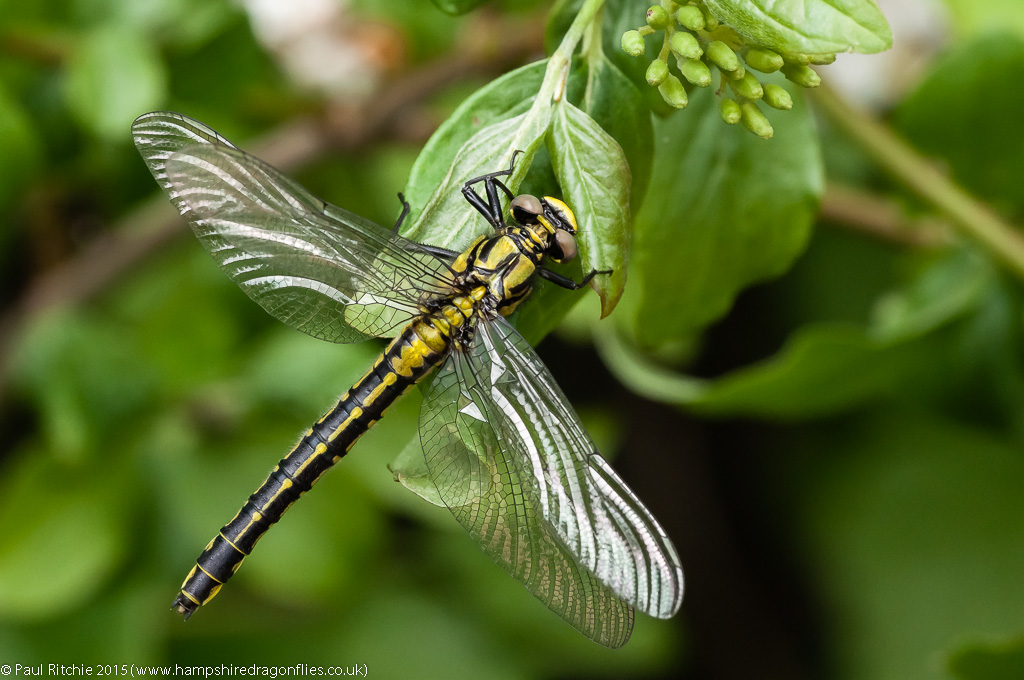
We couldn’t have wished for a more willing subject.
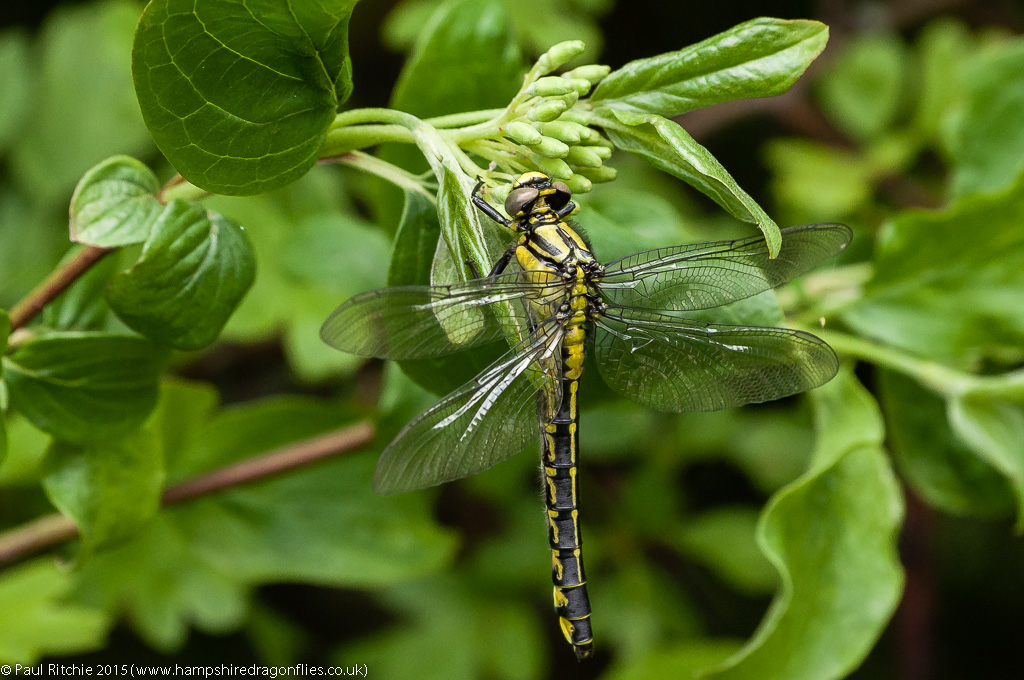
We carried on our search, reaching a grand total of seven individuals seen.
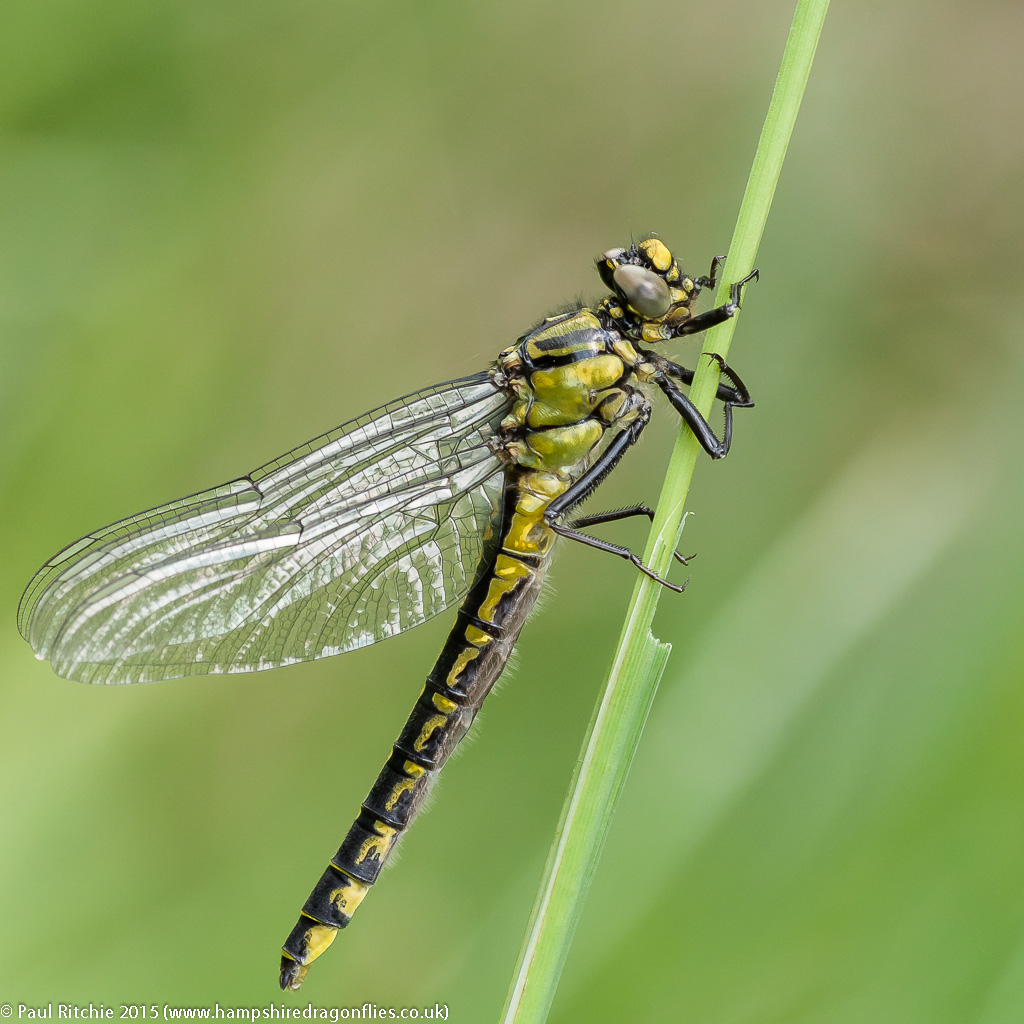
We knew it would probably be impossible to find a better opportunity, and after a stroll downstream we returned to the car park satiated and said our goodbyes.
A better day could not have been had!

